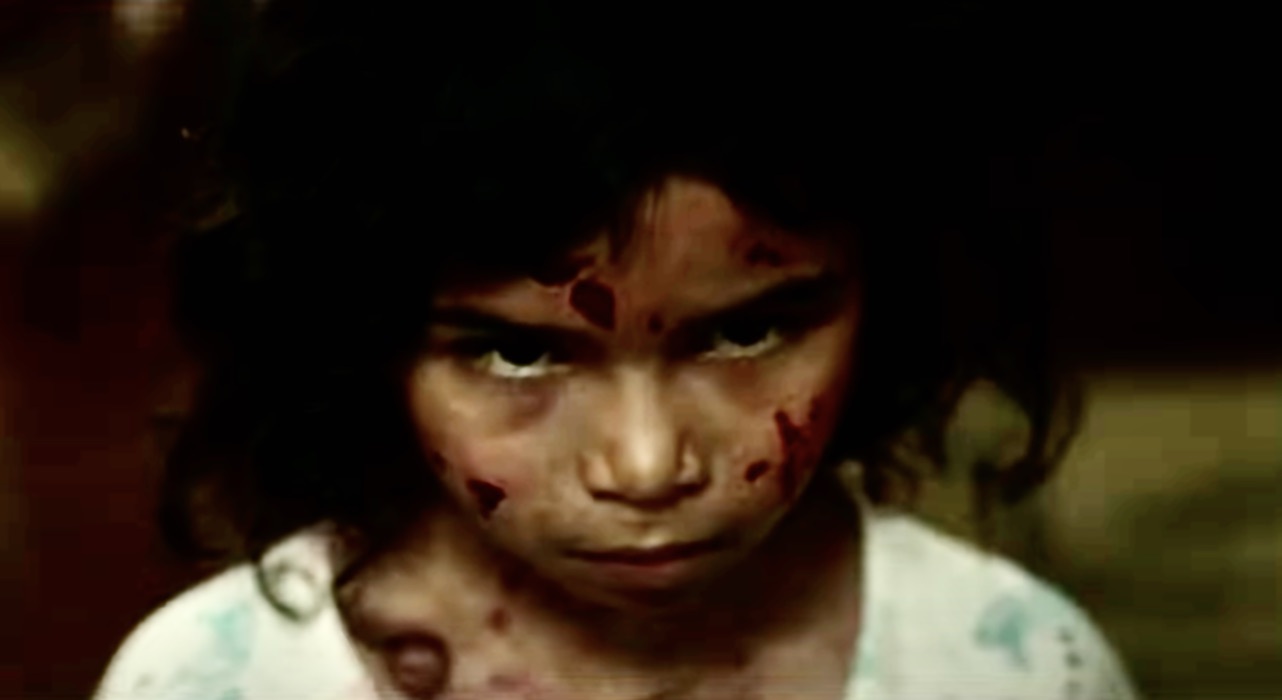
Every Dog in the Neighborhood
Louis lives with his determined, free-spirited grandmother. When neither she nor City Hall can tell him how many dogs live in their neighborhood, Louis takes Grandma’s advice to heart: “Sometimes if you want something done you’ve just got to do it yourself.”
Louis decides to go door to door to take a census. Along the way, he learns a lot about his neighbors and their pets. Two corgis named Wilbur and Orville enjoy bird-watching, while a small white terrier named E.B. “dreams of writing stories.” Such clever references elevate the story, even if younger readers might not immediately grasp their meanings. An older man tells Louis that he has learned many lessons from his dogs, Aesop and Fable, while a house in which musicians practice saxophone and flute is also home to a pair of hounds named Thelonious and Monk. All of these touches are artful and light, just there for the taking.
Meanwhile, Grandma is occupied with a project of her own, as she’s unsatisfied that the city has fenced off an abandoned lot. Her efforts and Louis’ dovetail pleasingly, and there’s a lovely surprise for Louis in the end.
Every Dog in the Neighborhood is an easy book to fall in love with. Philip C. Stead’s writing is exquisite, and illustrator Matthew Cordell’s artwork portrays a delightful menagerie of humans and their four-legged friends. Stead (author of the Caldecott Medal-winning A Sick Day for Amos McGee) makes every word count, while fellow Caldecott Medalist Cordell (Wolf in the Snow) brings the bustling sidewalks of Louis’ neighborhood to life. His signature loose, expressive lines have fabulous energy and personality reminiscent of the work of Quentin Blake and Jules Feiffer.
Every Dog in the Neighborhood is a memorable story about energetic grandparenting, the importance of being a good neighbor and the fruits of civic engagement.

The Pet Potato
Move over, Sophie’s Squash: Albert’s potato has arrived. In Pat Zietlow Miller and Anne Wilsdorf’s beloved 2013 picture book, a young girl befriends a squash she finds at the farmers market. Josh Lacey and Momoko Abe’s The Pet Potato pays similar tribute to the power of imagination through the story of Albert, a playful boy with circular red glasses and a mop of curly hair who longs for a pet but whose parents have squashed all of his suggestions.
Despite his parents’ firm stance, Albert pleads unrelentingly until, one day, his father hands him a small wrapped package, which turns out to contain a potato. “You wanted a pet,” Dad tells Albert. “It’s a pet potato.” Albert sets the potato aside, then notices that it looks sad. The next day, he gives the potato a ride on his train set, and soon the pair are inseparable.
British author Lacey is no stranger to unusual pet tales; he’s also the author of the Dragonsitter chapter book series. Here, he employs excellent comic timing as he describes Albert and the potato’s adventures at home, on the playground and even at the library, where, “for some reason, the potato particularly liked books about pirates.”
Abe’s illustrations capture it all, from Albert and the potato palling around on the playground to Albert drifting off to sleep at night, the potato resting on the pillow next to him. A limited color palette of greens, reds, yellows and browns allows Albert’s and the potato’s facial expressions to shine. Using minimal linework and an arsenal of adorable potato-size hats, Abe creatively animates the potato, who becomes an intrepid safari explorer, a railway engineer and more.
Of course, like all pets, potatoes don’t live forever, and Lacey crafts a satisfying ending that leaves everyone happy, including Albert. A final spread portrays a diverse array of neighbors discovering how much fun a pet potato can be.
With great style and gentle humor, The Pet Potato demonstrates how a vivid imagination can transform an ordinary spud into an extraordinary buddy.

The Surprise
When Kit receives a guinea pig as a surprise birthday gift, her household’s other animals are perplexed by the creature. Bob the pug, Dora the cat and Paul the bird pronounce, “If you’re not a cat or a dog or a bird, you’re an oddball.” Co-authored by award-winning novelist Zadie Smith (White Teeth) and her husband, Nick Laird, The Surprise is a spirited celebration of the unexpected. In the world of this story, anything can happen—and it does.
The Surprise (as the newly arrived guinea pig is called for most of the book) is dressed for judo, which she loves, but her new companions abandon her to watch TV, leaving her feeling sad and lonely. As she experiments with ways to fit in, the Surprise winds up in big trouble. Fortunately, she is rescued by a fellow oddball, an older woman named Emily Brookstein who lives in a flat below Kit’s. “Life’s too short not to be an oddball,” Emily advises.
Illustrator Magenta Fox’s artwork is well suited to this tale of anthropomorphized animals. The guinea pig is an immediately adorable and sympathetic protagonist. Ginger-haired, exuberant Emily Brookstein and loving new pet owner Kit make perfect foils to the disapproving trio of Bob, Dora and Paul. Fox excels at facial expressions, whether it’s a smug yet puzzled look on a bespectacled pug’s face or the Surprise’s downcast eyes as the other animals talk about her as though she can’t hear them. There’s plenty of action, too, including an airborne guinea pig and a dynamic series of panels that depicts an exciting elevator journey.
When Kit returns home from school, she finally christens her new pet Maud. It’s clear that Maud will fit right in with the animals and humans of her new family, but she has also gained an appreciation for what makes her stand out, too.






